In late summer, you may think your vegetable garden is on its way out. But if you live in a mild-winter climate, the cool-season garden might actually span the second half of the gardening year, producing fresh veggies even in winter.
A cool-season vegetable garden is filled with plants that prefer the cooler temperatures and soils of fall and spring. Some even do their best with a touch of frost. For most people, cool-season vegetables are the ones you plant as summer winds down — or early in the year, when you simply can’t wait to return to the garden.
Wondering what vegetables you can plant in late summer and late winter for harvests in fall and spring? There are more options than you might think.
More: 11 Edibles to Make Room for in Your Cool-Season Garden

Popular crops to plant in late summer and late winter: beets, broccoli, cabbage, carrots, chard, kale, lettuces, leeks, peas, radishes and spinach.
For the connoisseur: arugula, Brussels sprouts, cauliflower, celery, Chinese cabbage, collards, endive, fennel, garlic, onions, parsnips, salad greens and turnips.
Surprising cool-season crops: including asparagus, potatoes and rhubarb. Yes, they are often thought of and grown in the summer, but they prefer the cooler temperatures of spring and fall.
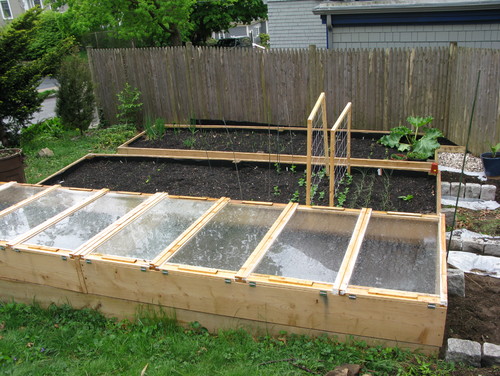
Check for frost dates. While cool-season crops can even handle some frost, you’ll need to pay attention to air and soil temperatures to get the most out of your garden. This means planting early enough in fall to allow plants to reach maturity before hard frosts hit or daytime temperature drops too low (usually below about 55° Fahrenheit). In spring, you’ll need to take the opposite approach, waiting to plant until the air and soil temperatures are warm enough for the plants to thrive.
Consider a cold frame. Cold frames and cloches let you put out vegetable seedlings earlier in the season and keep crops producing later in the season. They’re available commercially, but you can also make your own. Hinge the top of a cold frame to allow ventilation. If you want to plant directly in the garden, simply put the cold frame in place and remove the lid when the air temps warms up, replacing it as things cool down.
Go green. Lettuces and other greens will quickly go to seed and become bitter in summer, but plant them during the spring and early fall and you can enjoy fresh-from-the-garden goodness for salads and sandwiches for weeks.
More: Relax in Your Garden With a New Rocker
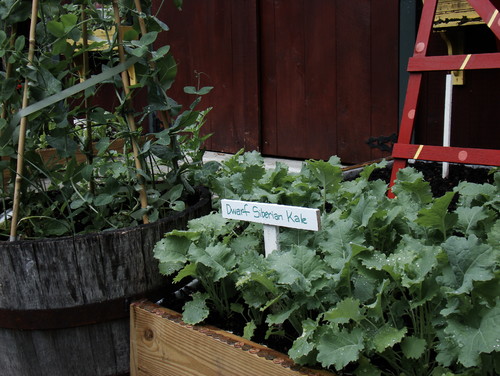
Go for the cold. Some cool-season vegetables can even cross the line and survive as cold-season vegetables. Kale in particular can survive until the temperature reaches the freezing point and may even last through snow.
Go underground. Start quickly maturing root crops, like carrots and beets, early in the season of course, but also plant them at the end of summer to keep them going well into the fall. Both can be overwhelmingly productive if you have a single large crop, so just plan to keep sowing small rows or patches successively. That way you’ll always have something ready to go but won’t be staring at a sea of greenery and wondering if Peter Rabbit is available for some selective garden pruning.

Go for the crunch. There’s a reason broccoli is a fall and winter favorite in the stores; it can handle the cooler temperatures. Any member of the cabbage family is a good choice for the garden when temperatures drop.
Go up. Tender peas have long been considered a harbinger of spring. Start them early; you can use the same supports later in the summer to support beans, then get one last harvest of peas in during the fall.



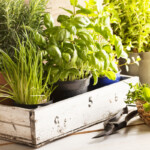
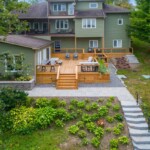

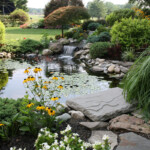

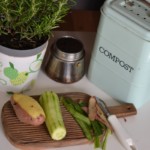

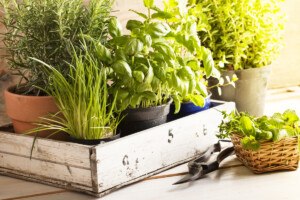
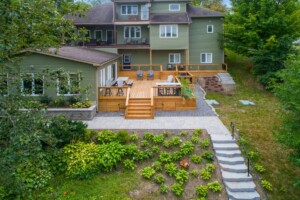

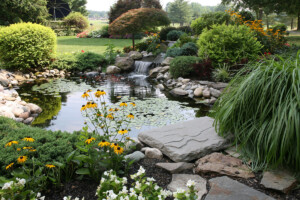

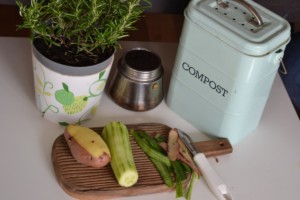












 United States
United States Canada
Canada